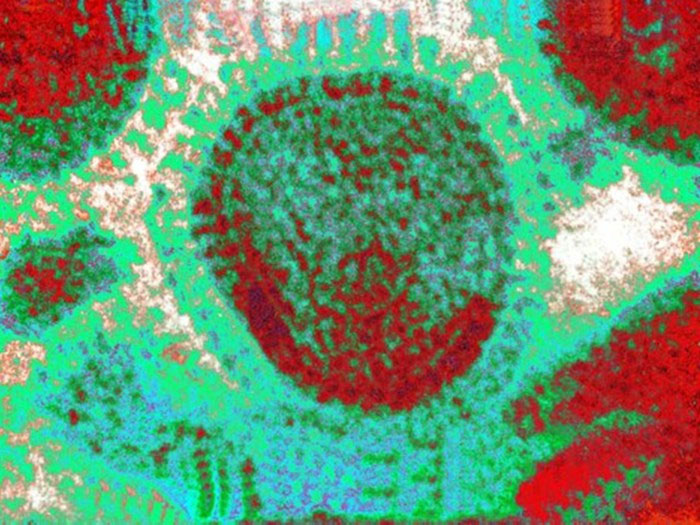Observe the trick of attacking flu viruses
US scientists have observed in real time structural changes in the surface proteins of flu viruses when flu viruses attack cells to find ways to proliferate. This finding opens up the prospect of developing more effective vaccines to prevent influenza.
According to Xinhua, US scientists have for the first time observed in real time the structural changes that occur in the surface proteins of the influenza virus. It turns out that this protein can reach out to reach host cells that are considered to be targets of virus attack. After that, the protein shrinks and the diagram stretches back and forth repeatedly from 5 to 10 times per second.

The surface protein of the influenza virus changes its structure constantly, making antibodies to disturbed host cells unrecognizable - (Photo: Global Look Press).
This finding will allow scientists to better understand the flu virus and develop vaccines that are more effective for preventing influenza. According to a study by scientists at Tufts University in the US, proteins reach out to the surface of the virus to attach the virus to the cell membrane and then merge the virus with the cell. Thus, parts of the virus penetrate into cells and viruses using cellular mechanisms to proliferate.
It is known that the protein is called hemagglutinin.Hemagglutinin (HA) is an antigenic glycoprotein found on the surface of influenza viruses (as well as other bacteria and viruses) that are responsible for connecting viruses to host cells.
For a long time, this approach has been a model for the mechanisms of action of other viruses. The hemagglutinin protein is activated by interacting with host cells. The fact that the hemagglutinin protein can relax and shrink many times gives the influenza virus a huge advantage. For example, the antibodies of host cells are distracted by such a diagram, making them unable to identify the virus.
- Some viruses end up attacking each other
- New strains of virus kill amphibians in Spain
- The most dangerous computer viruses of the time
- Trick turned into zebra
- The best hoaxes of the century
- Unexpected effects of plant viruses
- Phisher takes advantage of IM accounts for fraud
- Face 25 most terrible computer viruses of all time
- New trick: Promotion internet installation
- Detection of new dangerous influenza viruses
- Computer virus appearances can
- Virus detection makes people silly
 Green tea cleans teeth better than mouthwash?
Green tea cleans teeth better than mouthwash? Death kiss: This is why you should not let anyone kiss your baby's lips
Death kiss: This is why you should not let anyone kiss your baby's lips What is salmonellosis?
What is salmonellosis? Caution should be exercised when using aloe vera through eating and drinking
Caution should be exercised when using aloe vera through eating and drinking